- R1=15kΩ
- R2=40kΩ
- R3=40kΩ
- E=4V
- VI--> -8V<VI<8V.
In this circuit, diodes D1 and D2 are the same model 1N4007 diodes. (Is=7.02767E-09, VJ=0.7)
When I assume that D1 is on and D2 diode is off, the current follows through D1 diode's anode to ground is:
That works out to about 3462 A. Which is impossible, I think.
Where is my mistake?


